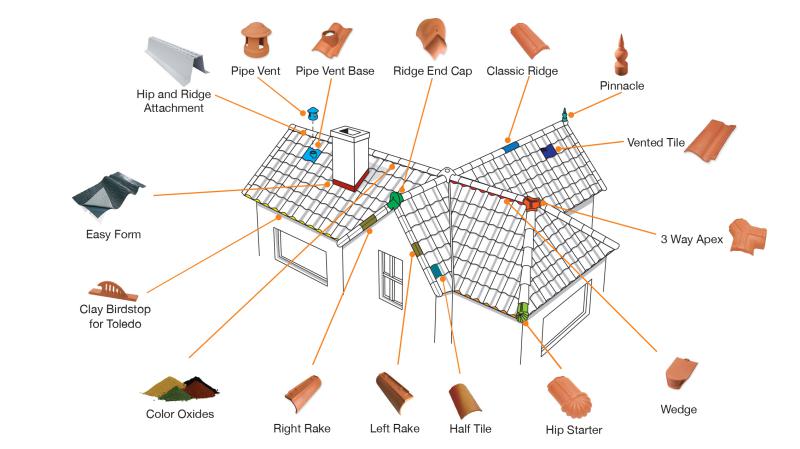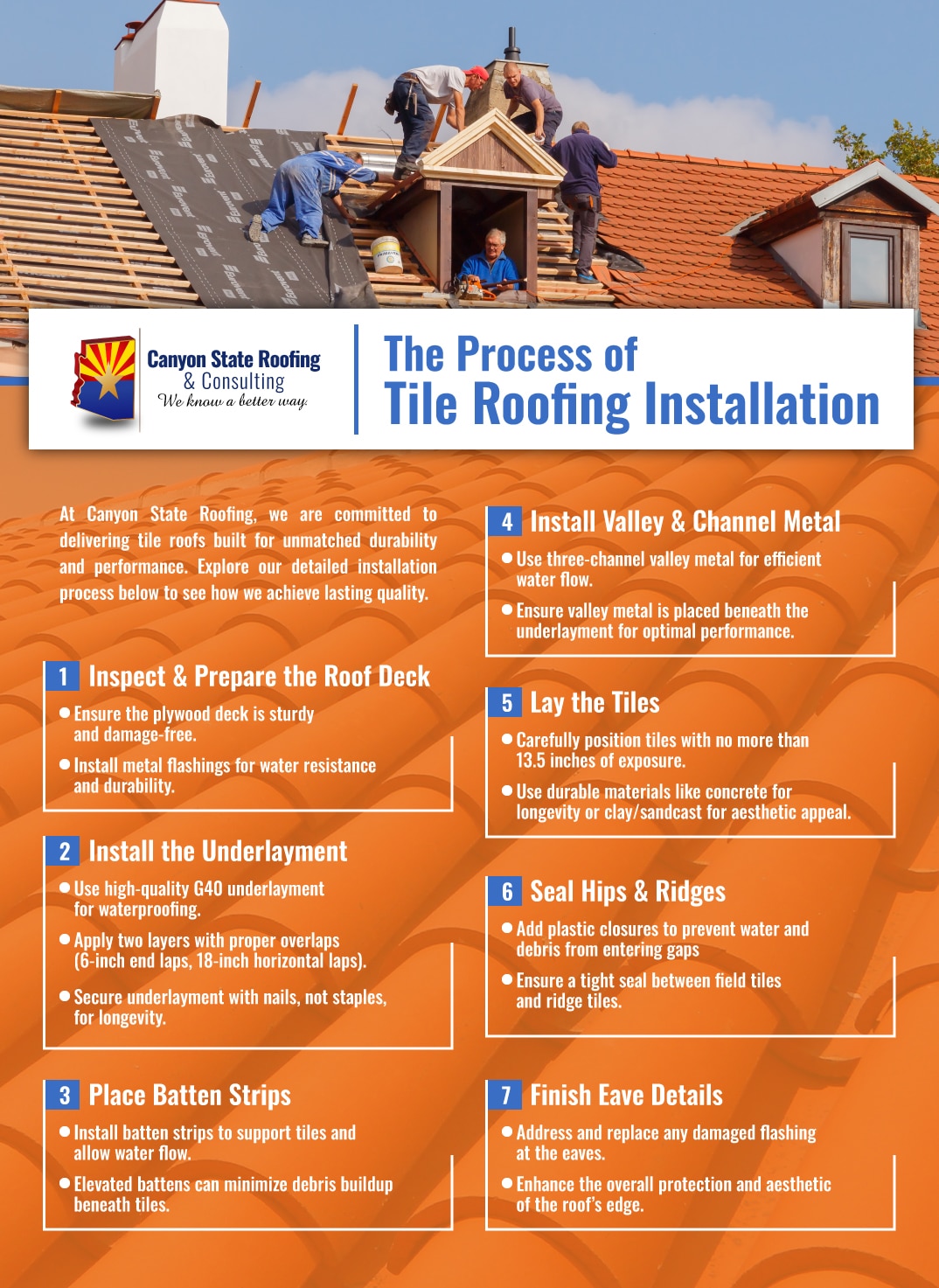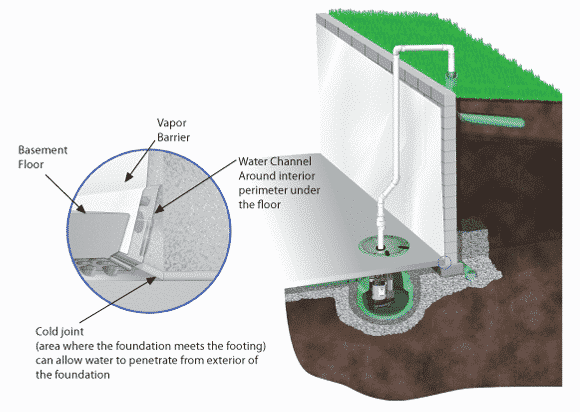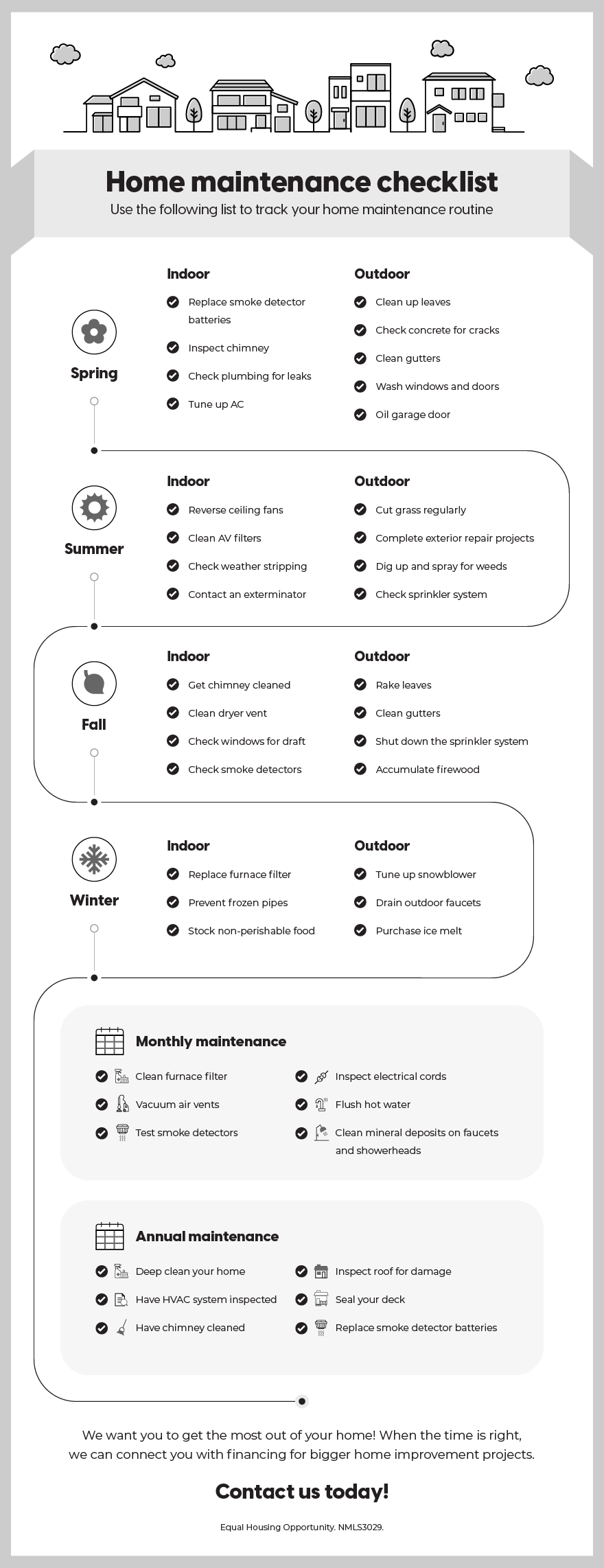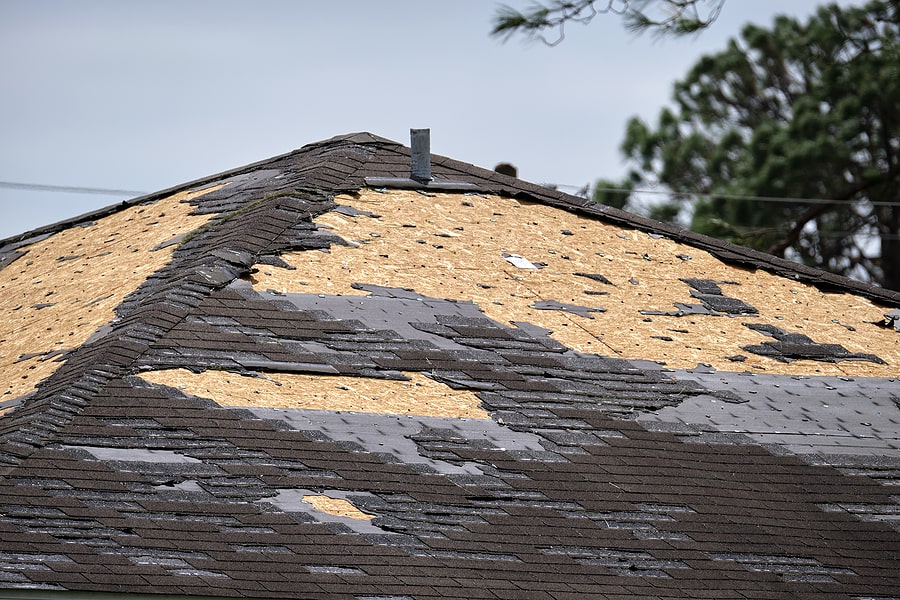Understanding Roof Leak Paths in Chilean Homes
Water follows the path of least resistance, and understanding these paths is crucial for effective leak prevention. In Chilean homes, common leak points include roof penetrations, valley intersections, and flashing transitions. The key is identifying vulnerable areas before water finds them. Roof planes create natural water collection points where leaks typically originate, especially where different roof sections meet or where penetrations interrupt the waterproof membrane.
Critical leak prevention areas include skylight perimeters, chimney flashing, vent pipe penetrations, and dormer intersections. Each represents a potential failure point where water can penetrate the building envelope. Understanding these vulnerability zones allows for proactive maintenance and targeted protection measures.
Safety Note: Roof inspection requires proper equipment and safety measures. Always use appropriate fall protection and consider hiring licensed professionals for complex roof work.

